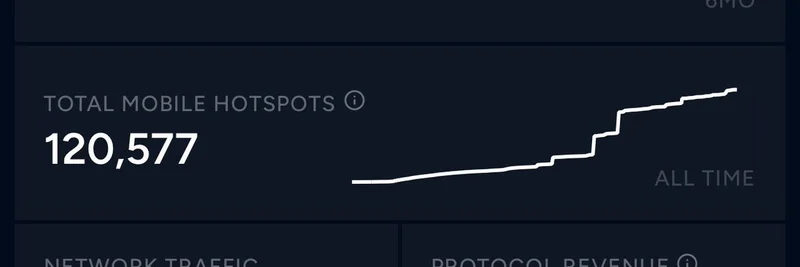In the fast-paced world of crypto, where innovation meets regulation, a new challenge is emerging for digital asset treasury companies, or DATs, built on Ethereum and Solana. These firms, which hold massive amounts of ETH and SOL on their balance sheets, are eyeing liquid staking tokens (LSTs) as a way to boost their yields. But there's a catch: outdated accounting rules are throwing a wrench in the works, much like the headaches Michael Saylor faced with Bitcoin at MicroStrategy.
Laura Shin, a prominent crypto journalist, highlighted this issue in a recent tweet: "Ethereum & Solana DATs face Saylor’s old headache: they can’t account for price increases. Will that cap earnings or confuse investors? @steven_ehrlich investigates" – linking to an in-depth piece on Unchained Crypto.
Let's break this down simply. DATs are essentially companies that treat cryptocurrencies like corporate treasures, holding billions in ETH ($31.4 billion) and SOL ($2.98 billion). They're in a race to attract capital and generate income from these holdings. Enter LSTs – these are tokens that represent staked crypto assets, allowing you to earn rewards while keeping the assets liquid. Think of them as a receipt for your coat at a checkroom; you can trade the receipt without losing the coat. Popular ones include stETH from Lido or cbETH from Coinbase, with the market topping $104.5 billion.
The appeal? DATs can use LSTs to "juice" yields by deploying them in DeFi protocols for extra returns, potentially making up 50% of a treasury in the future. A rep from Sharplink, an Ethereum DAT, put it well: "It provides for liquidity by allowing the company to earn staking rewards while still maintaining the ability to enter into other transactions."
But here's the rub: Under U.S. GAAP rules from the Financial Accounting Standards Board (FASB), LSTs are classified as "indefinite lived intangible assets." This means DATs can only write down losses if prices drop, but they can't book gains when values rise. It's a one-way street that distorts financials, especially in bull markets where ETH and SOL have surged 186% and 104% recently.
This echoes MicroStrategy's past struggles with Bitcoin accounting before FASB updated rules in 2023 to allow fair value marking for native cryptos like BTC and ETH. Now, LSTs are stuck in the old regime, meant for things like trademarks, not liquid digital assets with huge trading volumes.
Industry voices are chiming in. BTCS CEO Charles Allen explained the stakes: "If you’re late on a 10-Q or an 8-K, you lose your S-3 eligibility... And you lose it for a year." That's a big deal for fundraising. Alison Mangiero from the Crypto Council for Innovation stressed comparability: "They’re very concerned with making sure that there is one standard for everyone."
The Crypto Council is pushing for change, sending a letter to FASB and the SEC arguing LSTs should be treated like warehouse receipts for fair value accounting. FASB plans to discuss it, but solutions might take time.
For investors, this could mean confusing financial reports – earnings that look worse than reality, making it hard to compare DATs. As adoption grows, the gap between reported and actual values could widen, shaking confidence.
In the meme token space, where many projects run on Solana and Ethereum, this matters too. DATs holding these base assets could influence chain liquidity and yields, indirectly affecting meme coin ecosystems. If DATs shy away from LSTs due to accounting woes, it might slow innovation in staking and DeFi, impacting the high-yield hunts that meme traders love.
As the crypto industry matures, bridging these regulatory gaps will be key to unlocking full potential. Keep an eye on FASB's moves – they could reshape how DATs operate and report.


